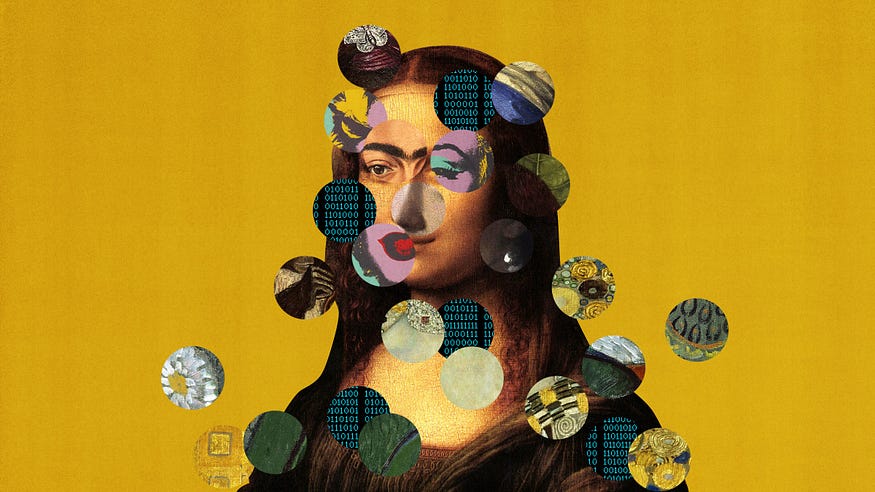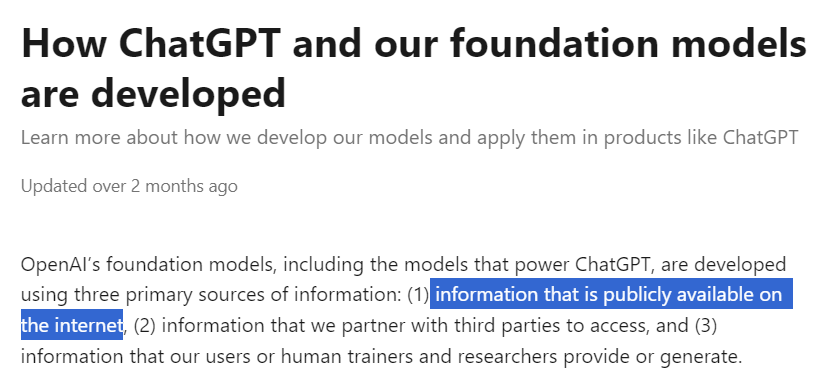
Introduction
Who owns AI-generated content? Is it the creator who utilizes the tool, the platform that designed the AI, or the incomprehensible amount and sources of data used to train the model? This perplexing question sits at the heart of one of the most contentious debates in modern copyright law. As generative AI reshapes creative industries, offering new avenues for music, art, and text creation, it also plunges creators and legal experts into uncharted territory.
AI systems like Suno AI, OpenAI’s DALL-E, and MidJourney allow users to produce content that is innovative, quick and easy to make, yet deeply tied to the material these models were trained on — much of which may already be under copyright protection. The result is a complex legal gray area: while generative AI opens doors for creativity, it also raises urgent questions about ownership, authenticity, and the potential for exploitation. Who truly owns the output when the process involves countless unseen (involuntary) contributors?

Even ChatGPT, OpenAI’s flagship model and arguably the biggest, most worked generative AI has unclear information about it’s training data
As we explore this evolving landscape, the lack of legal clarity becomes evident, highlighting the need for updated frameworks to balance innovation with fairness.
The Implications of AI-Generated Content and Copyright
Ownership of AI-Generated Works
One of the most pressing issues is determining the ownership of AI-generated content. Does the copyright belong to the creator who used the AI, the platform that trained the model, or the original data source? This ambiguity has given rise to some opportunistic behavior, with some parties exploiting gaps in the system to make illegitimate claims, that harms businesses and creators alike.
AI platforms like Suno AI and others such as OpenAI’s DALL-E and MidJourney exemplify this issue. These models are trained on vast datasets, which may include copyrighted material. Creators using these platforms face the risk of copyright strikes if their AI-generated content resembles the original works in the training data. The lack of clear guidelines leaves room for abuse, creating a precarious environment for content creators. Such incidents are quite common, a good place to understand the same (and the inspiration for this article) came from this video
Challenges Beyond YouTube: A Broad Internet Landscape
The copyright concerns surrounding AI-generated content extend far beyond YouTube. Social media platforms like Instagram and TikTok, online marketplaces like Etsy, Articles, Blogposts, and even content aggregators face similar challenges. For instance, AI-generated art uploaded to marketplaces has raised questions about authenticity and ownership. Meanwhile, platforms like TikTok, where AI-generated music and voiceovers are prevalent, have yet to establish very robust frameworks in the future to address these disputes effectively.
AI Music and Copyright Law: A Legal Vacuum
The current copyright law does not adequately address the complexities of AI-generated content. As a general rule, at the moment, works created solely by AI cannot claim copyright because they lack the requisite element of human authorship. However, the situation becomes more nuanced when humans contribute a lot to the creation process. If a person guides the AI, curates the input, or edits the output in a meaningful way, the work might qualify for copyright protection. Yet, what constitutes “significant contribution” remains undefined, which makes this very exploitable, leading to ambiguity and inconsistency.
This lack of clarity creates a legal vacuum, where neither creators nor platforms can operate with confidence. For instance, while a photographer using editing software can clearly claim ownership of the final image, the boundaries blur when an artist employs an AI to generate a painting based on prompts (which is a feature many professional photo editing tools are gaining).
Without established legal precedents, disputes over AI-generated content often lead to contentious debates and, in some cases, legal stalemates. This uncertainty underscores the urgent need for laws that can keep pace with technological advancements.
Potential Problems
Abuse of Content ID and Similar Systems
The ability to register AI-generated music, art, or even text-based works with systems like YouTube’s Content ID or equivalent mechanisms on other platforms creates a ground for false claims. Content creators using AI-generated assets risk having their work flagged, even when their content does not infringe on any rights. Furthermore, distribution services often lack robust mechanisms to prevent such abuse.
Derivative Works and Licensing
AI models can generate content that closely resembles existing works, further complicating copyright issues. Functions like reference audio inputs or image style transfers can produce derivative works without proper licensing, blurring the line between inspiration and infringement. The issue extends to written content, where AI tools may generate passages echoing copyrighted materials.
Implications
For Artists and Musicians
Musicians and visual artists face significant risks. If their creations resemble AI-generated works, they may become targets for copyright claims. Additionally, AI’s ability to generate works bypassing licensing agreements poses a direct threat to traditional revenue models.
For Content Creators
Content creators using AI-generated music, art, or text in their projects are equally vulnerable. Even non-AI-generated content risks being flagged if it resembles AI outputs. The uncertainty creates an environment of caution and stifles creative freedom.
For Platforms
Platforms must bear the burden of navigating these murky waters. Without clear policies and robust verification systems, they risk alienating both creators and consumers. The reputational damage from mishandling copyright disputes could deter platform growth.
Current Limitations
Lack of Enforcement
Platforms currently struggle to enforce copyright rules effectively, especially for AI-generated content. The absence of comprehensive guidelines and tools to distinguish legitimate claims from false ones adds to the problem.
Costly Legal Battles
Resolving copyright disputes often requires lengthy and expensive legal battles, deterring creators from pursuing justice. This imbalance favors larger entities over individual creators.
Conclusion
Future Outlook
To address these challenges, modernization of copyright laws in countries is very essential. Clear legal precedents must be established to define the ownership and usage rights of AI-generated content. Collaboration between lawmakers, platforms, and creators will be very crucial in creating a fair and transparent system.
Advice for Creators
Despite the hurdles, creators should not let copyright concerns deter them. Staying informed about potential issues and exercising caution when using AI-generated content can help mitigate risks. At the same time, advocacy for legal reform will ensure a more equitable environment for all.
Final Thoughts
Generative AI holds immense potential to transform the creative landscape. However, its integration into the current copyright system presents significant challenges that demand immediate attention. By addressing these issues proactively, we can harness AI’s benefits while safeguarding the rights of creators and fostering innovation.